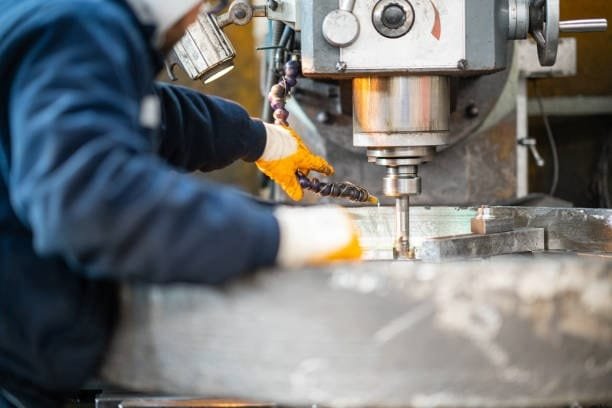The Complete Guide to Molding Plastic: Techniques, Applications, and Best Practices
Various key elements of plastic molding were discussed in this resource guide; this guide covered key processes of plastic molding such as injection molding, blow molding, and rotational molding, and compression molding among others. The most important issues covered were selection of the materials, quality control, cost optimization, environment impact, applications in the industry, trouble shooting methods, and prospects of innovations. Knowledge of these basics can help manufacturers use plastic molding to streamline production, development of products, cost savings and gain expert levels of competitive advantage all the while addressing the newer market needs and environmental concerns.










